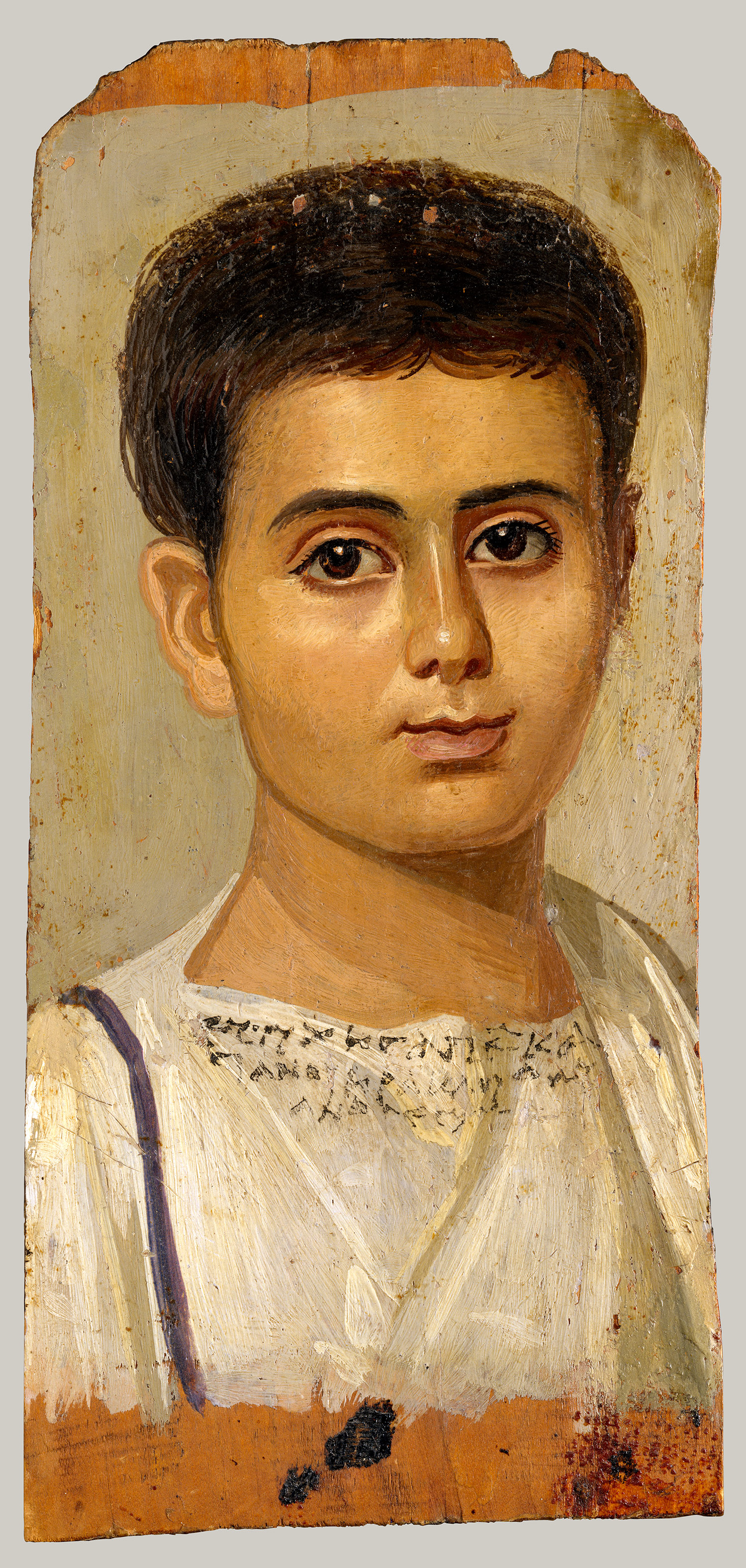
These were similar to the idealized faces of Greek sculpture smoother, more youthful faces with calm, rational expressions. and the Roman Empire arose, portraiture began to shift back to the Greco-Roman Classical style. When the Roman Republic fell in 133-27 B.C. 36.5 cm Head of a Roman Patrician from Otricoli, ca. 3 Portrait bust of a man, 1st century B.C., Republican Roman, Marble, H. It distinguished one individual from another and strengthened the identity and visibility of the self.” 2 Having a bust that represented the individual and not an idealized canon allowed for the virtues put forth by the sculpture to be easily attributed to one recognizable person. This quote succinctly sums up the purpose of this Republican style: “…the Roman veristic portrait was directed against the Other. Portraits were then created in a style of what is now called Verism, where the head and face are sculpted with extreme realism in an attempt to capture every detail. There was a cultural expectation that leaders would serve the public and carry out successful military campaigns, and as a result, commissioners of portraits wanted their likeness to reflect those valued achievements. During this time, there was not a single ruler, but instead two annually-elected Consuls who sat at the head of the government, which served to balance power and prevent tyranny. To fully understand these styles, it is important to know the cultural contexts which influenced them.īefore the Roman Empire, there was the Roman Republic. Bust portraiture was commonplace, and fluctuated between two main styles. While the Greeks believed that a fractured body meant a fractured mind, The Romans did not take such a literal approach to their art.

There were two things in particular that set Roman sculpture apart from their Greek influences: the segmenting of the body, and realistic faces that showed old age and blemishes. Augustus of Primaporta, 1st century A.D., Marble, H. The idealized male body was still in favor, but nudes were less acceptable, leading to a collection of figure sculptures that possessed a classical Greek body with the pelvis obscured (usually with a draping cloth or robe), or fully clothed in military or civic attire. 1 However, there were key differences in Roman attitudes toward the body and its depictions, which created a Greek-influenced aesthetic that was altered to fit Roman standards. The Romans borrowed heavily from the Greeks, in both their architecture and their figures. Moving from the Hellenistic age and into the Roman Republic, it would appear that not much has changed in the way of sculpture.


 0 kommentar(er)
0 kommentar(er)
